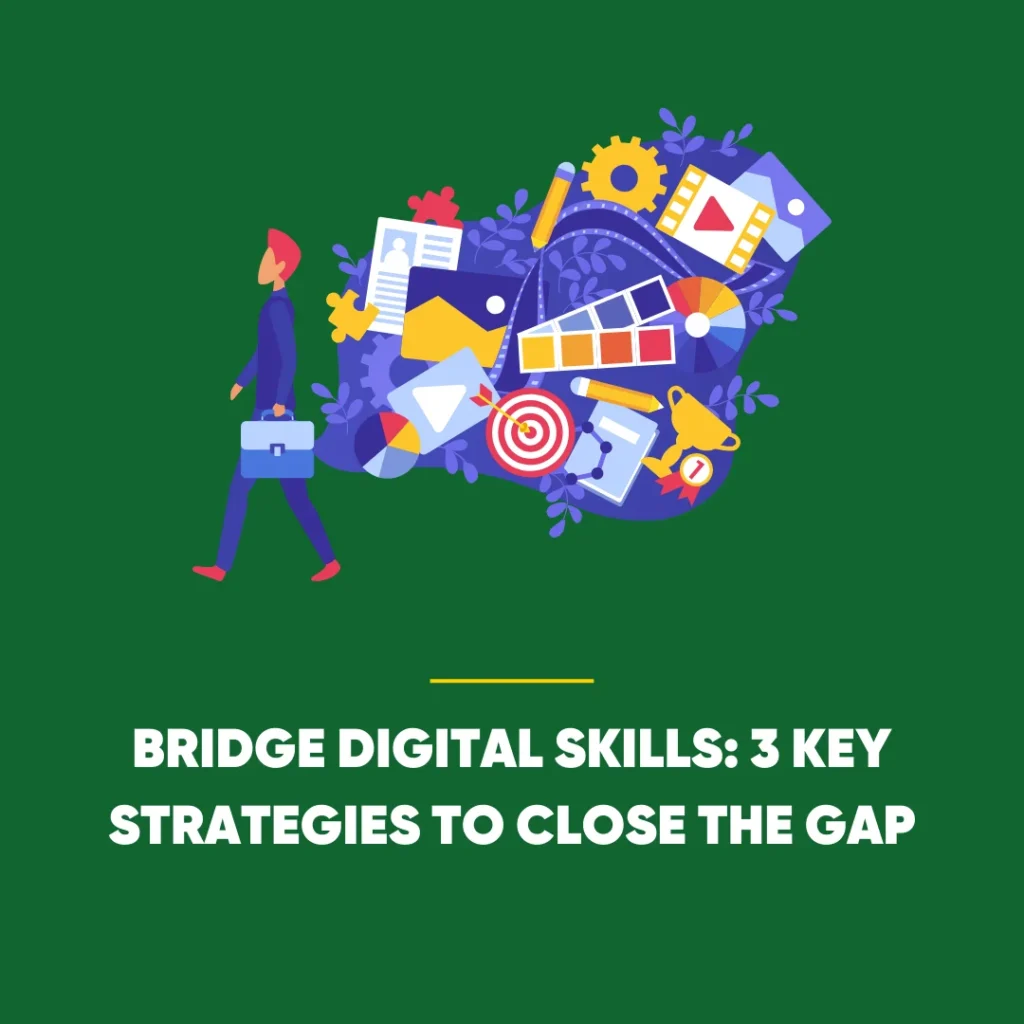How to Create, Refine and Develop New Content Ideas Efficiently?
In a highly competitive marketing world, where numerous brands are fighting for attention, generating unique and engaging ideas can feel like a tough challenge. Defining and developing fresh concepts from the start appears to be too difficult at times. So, in the parts that follow, we’ll provide you with some important suggestions on how to turn your content ideas from generic to organic:
-
How the Creative Process Begins
-
The Myth of Creativity
-
Overcoming Creative Blocks
-
Incorporating Storytelling Techniques
-
Collaborative Creation
-
Refreshing and Refining Content
How the Creative Process Begins
When looking at the standard creative process, it is easy to understand why so much content feels the same. In any business, the digital marketing team will look at the product or service and determine who the average consumer is. From here, content creation teams will consider the industry they’re in and the target audience and look at what is normal for the industry.
Following some basic market research and competitive analysis, most digital marketing teams will create a blog post titled “The 5 Best Things to do in….” or “Everything You Must Do for …”. While this strategy does give a boost to SEO and is effective, it falls short of something meaningful.
The problem is that in pursuit of creating content that is proven to be effective, digital marketing teams often create copies of what is effective and not something original. When most content creation teams repeat this process, we end up in a world with similar-sounding content which makes it impossible for any business to grow that isn’t based on luck.
To minimise such repetitiveness, try to kickstart the content creation with a simple brainstorming or mind-mapping to embrace all of the ideas you have and let the creative process begin. This initial independent exploration with only your already-made experience will help you generate more content ideas. In addition, it’ll make your further research process and analysis more organic and authentic.
Afterwards, it’s crucial to refine these ideas by considering your target audience, goals, and messaging. Remember, refining your unique content ideas throughout the creative process is vital to ensure their effectiveness and relevance.
The Myth of Creativity
Now, there is a problem many digital marketing teams will argue about. If you’re not supposed to copy another person’s idea, how do you create something you believe will resonate with your audience? While digital marketing strategists require content to feel different from the competition, the reality is that it’s nearly impossible to create something that’s 100% original.
No matter how hard you strive to create a truly original idea, it’s almost impossible, especially in business. While businesses are creating new marketing gimmicks and strategies every year, all these ideas are derived from something else. To be precise, every idea is a kind of combination of another’s ideas. For instance, it’s one of the ideas mentioned in the bestseller book “Steal Like an Artist” by Austin Kleon.
Therefore, a new concept needs to be different enough even if it’s somewhat similar to an already existing one. Take New York vs. Chicago pizza for instance. New York pizza is thin and crispy, whereas Chicago-style pizza is thick and cooked in a deep pan. While both cities’ pizzas are still pizza, they are different enough to be considered their styles. The same can be said for social media platforms. While you can post live updates and opinions on Facebook and Twitter, the format and style are unique enough and have their own features.
Hence, finding the balance between using existing methods and differentiating your content from your competitors makes digital marketing experts truly experts.
Overcoming Creative Blocks
The pressure to come up with generating unique ideas can be daunting, especially in a world saturated with content. However, it’s important to remember that creativity is a process, and sometimes getting stuck is just a part of it.
There are plenty of ways to overcome writer’s block or creator’s block. As mentioned above, the ideal digital marketing strategy is a balance between drawing inspiration from things in real life and striving to be different. The key to accomplishing this is to employ a variety of creative blocks-overcoming techniques that suits your preferences.
For instance, one strategy is to look outside your industry for inspiration. This is especially important for marketing in a B2B industry. If you sell commercial goods, your products are likely less exciting than selling candy or video games. But that doesn’t mean you can’t use similar tactics to stick out from your competition. Instead of sending over the same old newsletter with boring charts, you can try to include flashy graphics or videos in your marketing, so your content is more eye-catching and entertaining.
Another way to overcome the creator’s block is to employ one of the many brainstorming exercises out there. One of the most popular exercises is doing “Yes, and” with your digital marketing team. Rather than trying to perfect one idea during a meeting, allow your team to get out all the silly, stupid, or crazy ideas and not say “No” to any idea. As the ideas build with “Yes, and”, your goal is not to create the best idea but rather to unload all the ideas that could make sense and piece together the aspects of different ideas to create one or multiple solutions.
Incorporating Storytelling Techniques
Storytelling techniques can be a handy tool even during the stage of defining ideas in marketing. To leverage the power of storytelling, start by immersing yourself in the world of your target audience. Dive deep into their desires and challenges. Then, craft a narrative that connects with their emotions and experiences.
Use storytelling elements like relatable characters, engaging plotlines, and compelling conflicts to bring your ideas to life. By infusing your ideas with storytelling, you can create a vision that resonates with your audience, evokes their curiosity, and fosters connection. Remember, it’s not just about the products or services you offer. It’s also about the human experiences and emotions you can evoke through your brand narrative.
To delve deeper into the topic of storytelling, you may find our article about storytelling in marketing strategy quite useful.
Collaborative Creation
Collaboration brings a multitude of ideas and viewpoints to the table, which highly improves the process of creating content. As previously said, brainstorming may be an excellent way to kickstart the creative process. Hence, you may utilise this method not only for solo creation but also within a team to increase efficiency and the number of ideas.
It is essential to note that to support effective brainstorming sessions and collaborative content production, you must create an open and inclusive environment in which team members feel comfortable expressing their ideas. Encourage active engagement, provide feedback, and capitalise on each team member’s unique strengths.
To assist in achieving these goals, we provide three pieces of advice for improving your team collaboration:
1. Implement Cross-Functional Collaboration
Foster collaboration between different departments within the marketing team, such as content writers, designers, SEO specialists, and social media managers. By leveraging the unique expertise of each team member, you can create bright concepts and authentic content for further development. Besides, such collaboration can lead to more effective marketing ideas that cater to a wider audience.
2. Make Feedback a Routine Within Your Team
When you review any idea from many perspectives and iterate the process of getting feedback that surely gives your new concept more chance to success. Thus, rise discussions about its relevance, clarity, or possibilities to develop. It will provide you with a diverse range of experiences from many people, making your initial concept appear more versatile.
By actively seeking feedback on ideas, teams can identify blind spots and uncover firstly overlooked insights. This iterative process also encourages team members to challenge assumptions, ultimately leading to more innovative and well-rounded solutions.
Furthermore, feedback and iteration promote a culture of learning and growth within the team, supporting the constant refining of content creation methods and strategies.
3. Consider Using Agile Project Management
To improve collaborative efficiency, try adjusting the Agile Managing System to your marketing needs throughout different departments of your team.
Agile project management divides the project into smaller tasks known as “sprints.” The sprints are then divided into time-boxed intervals in which a certain set of activities is done. Similarly, the project team works closely together, talking frequently and providing progress reports when refining content ideas.
Moreover, one of the major characteristics of agile is the ability to adapt to change. The project plan can be transformed as new information or insights become available. As a result, you’ll always be up to date and able to modify that initial concept to your specific needs.
Contact us if you are a fitness or hospitality company today!
Book a Consultation with us today.









